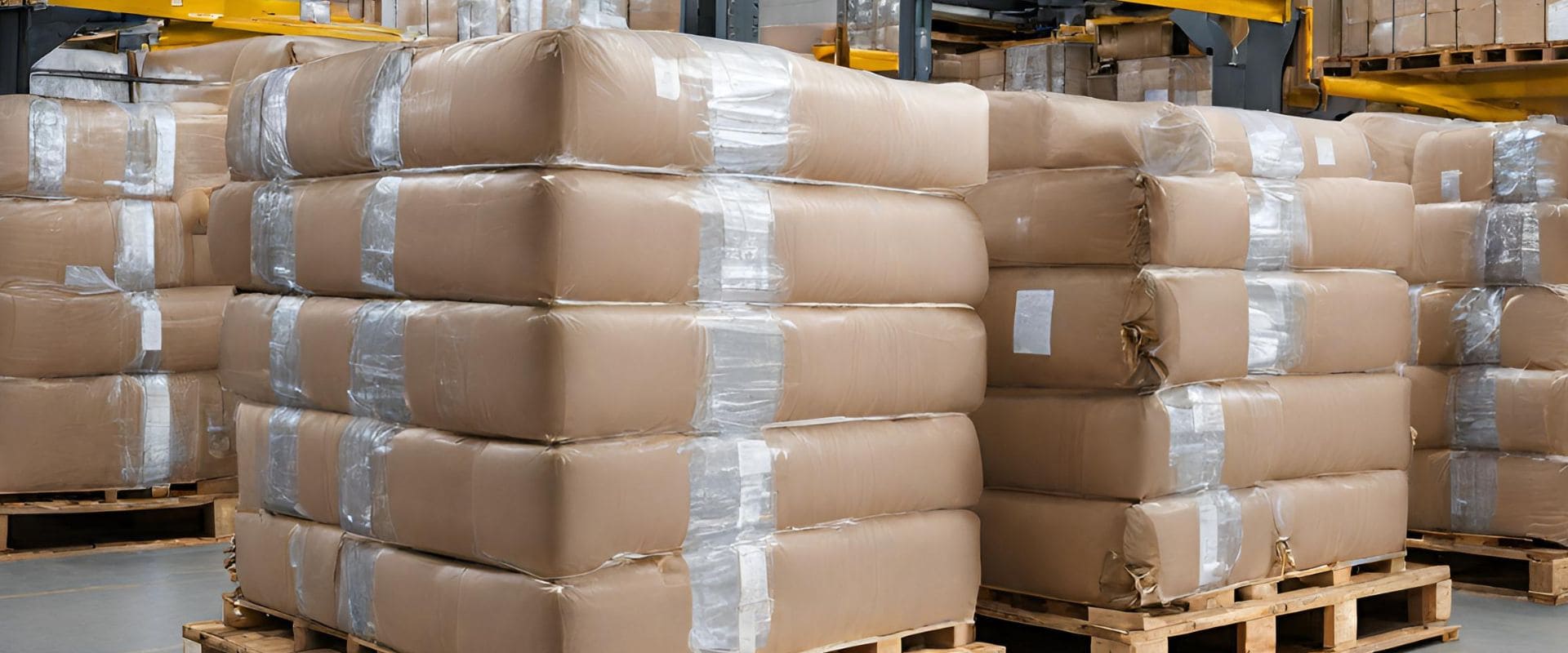Abstract
Packaging material choice is crucial for product shelf life, which includes barrier properties, light, moisture resistance and gas barriers.
Blog
Packaging material choice is crucial for product shelf life, which includes barrier properties, light, moisture resistance and gas barriers.
- Barrier Properties: Packaging materials with effective barrier properties can prevent the entry of oxygen, moisture, and other external contaminants. This is particularly important for perishable goods, as exposure to air and moisture can lead to spoilage, oxidation, and microbial growth.
- Moisture Resistance: Moisture can lead to the growth of mold, bacteria, and fungi, causing spoilage. Packaging materials with high moisture resistance create a protective barrier, preventing moisture ingress and maintaining the product’s freshness.
- Gas Barrier: Certain products are sensitive to gases like oxygen and ethylene. Packaging materials with gas barrier properties can extend the shelf life by minimizing the exchange of gases between the product and the external environment.
- Temperature Control: Insulating properties of packaging materials contribute to temperature control, crucial for products sensitive to temperature variations. Maintaining an optimal temperature helps preserve the product’s quality and prevents bacterial growth.
- Physical Protection: Packaging materials provide a physical barrier against external factors such as impact, compression, and vibration during transportation and handling. This protection ensures that the product remains intact and free from physical damage that could compromise its shelf life.
- Transparent Packaging: For products that benefit from consumer visibility, transparent packaging allows customers to assess the product without opening the package. This minimizes handling and exposure to air, contributing to an extended shelf life.
- Reduced Oxygen Packaging (ROP): In some cases, removing or reducing the oxygen content within the packaging through vacuum or modified atmosphere packaging techniques can significantly slow down the oxidation process, preserving the quality of the product.
In conclusion, the careful selection of packaging materials tailored to the specific needs of the product can significantly improve its shelf life. By considering factors such as barrier properties, light protection, moisture resistance, and temperature control, manufacturers can ensure that products reach consumers with optimal freshness and quality.



